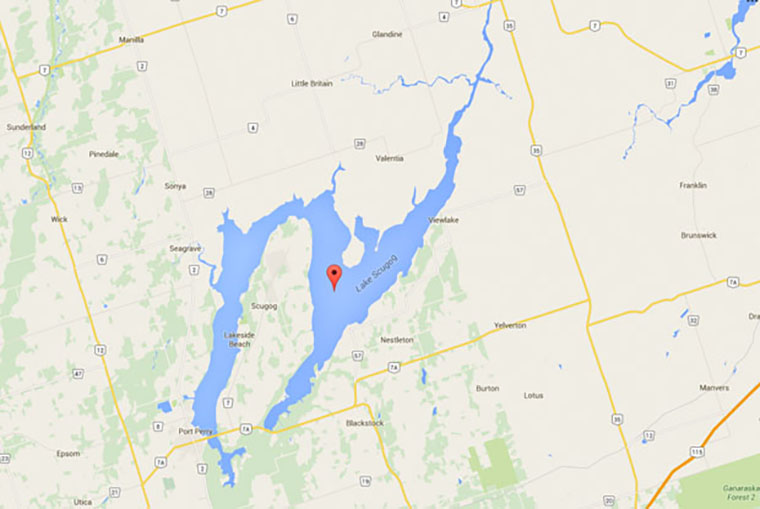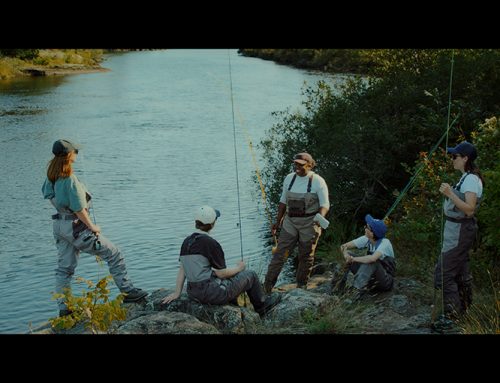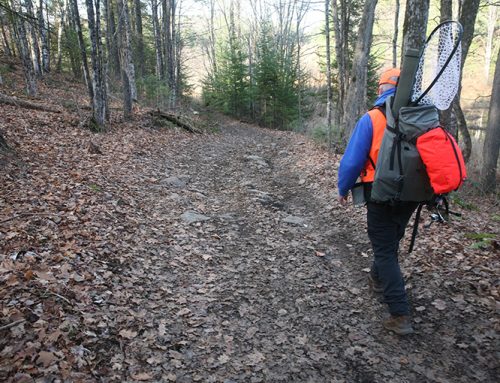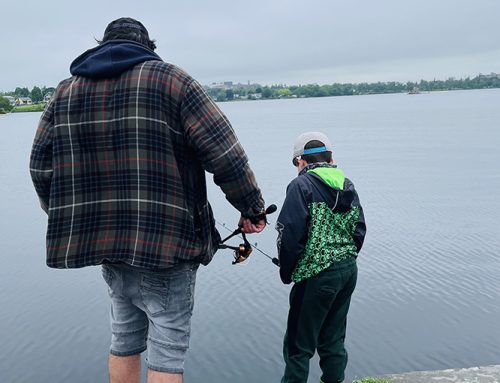
The Lake Scugog Stewards partnered with Kawartha Conservation and Ontario Tech University to conduct research from 2016 to 2019 on Lake Scugog.
During that period, researchers Dr. Andrea Kirkwood, Shelby Ravary, and Dr. Tyler Harrow Lyle studied water samples taken from 12 sites on the lake. By last February, 10 papers were published based on their findings. Much of this research focused on a relatively new invasive species, a macroalgae known as starry stonewort.
The researchers determined that its establishment could have especially dramatic impacts on the lower aquatic food web and may cause increases in zebra mussels and blue green algae abundance. The found starry stonewort is also responsible for lower dissolved oxygen and an increase in soluble reactive phosphorous levels. Also, they suspect its expansion across Ontario could cause declines in native macroalgae.
Additional studies
Kirkwood and her colleagues also published two studies on Lake Scugog’s overall health which found Scugog’s shoreline to be highly variable in its ecological health, with some locations in great condition, while others were extremely poor. They noted that, despite representing the smallest proportion of Scugog’s watershed land-use, shorelines with urban development had the highest level of water and ecological degradation.
Another study focused on offshore sites chosen specifically for their past or present use as walleye spawning grounds. The researchers observed a shift from native species to an invasive species-dominant system over the period of their study, including the previously dominant invasive plant, Eurasian water milfoil, being overtaken by starry stonewort.
High levels of phosphorus, observed as being on the rise, were concluded to be a likely driver for the success of invasives like zebra mussels and starry stonewort in Lake Scugog and eutrophication appeared to be worsening.
The study also found that offshore water and ecological health is dependent on location, rather than being consistent across the waterbody. This may offer some hope for the future of the lake, as future stewardship actions can choose key target areas for maximum impact.
For more info visit: scugoglakestewards.com/research






Leave A Comment